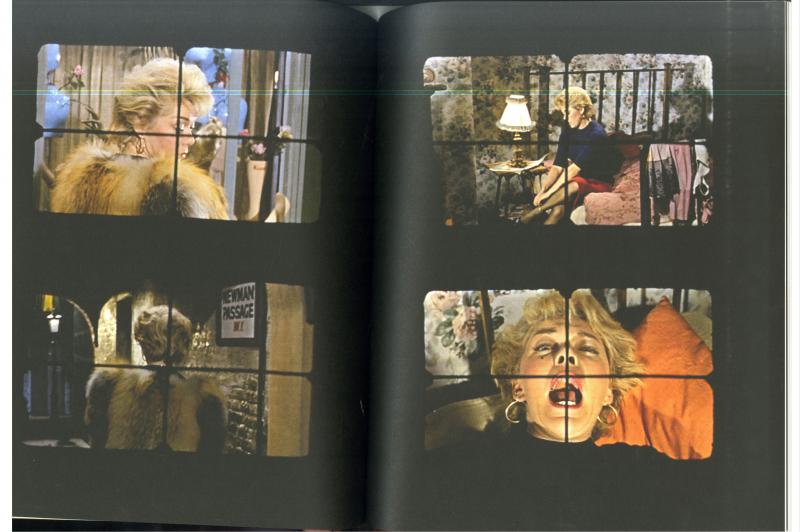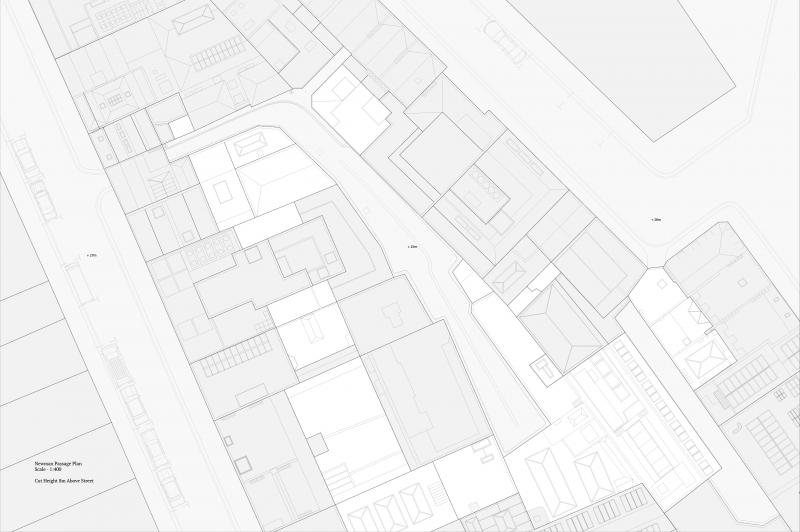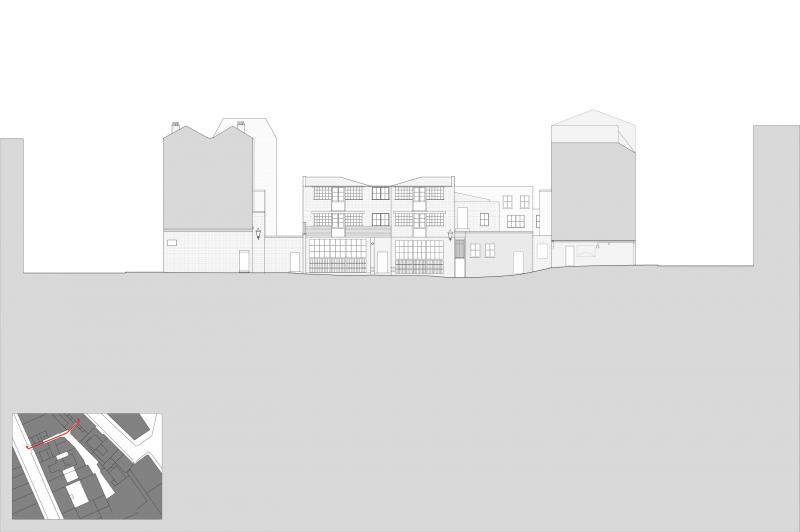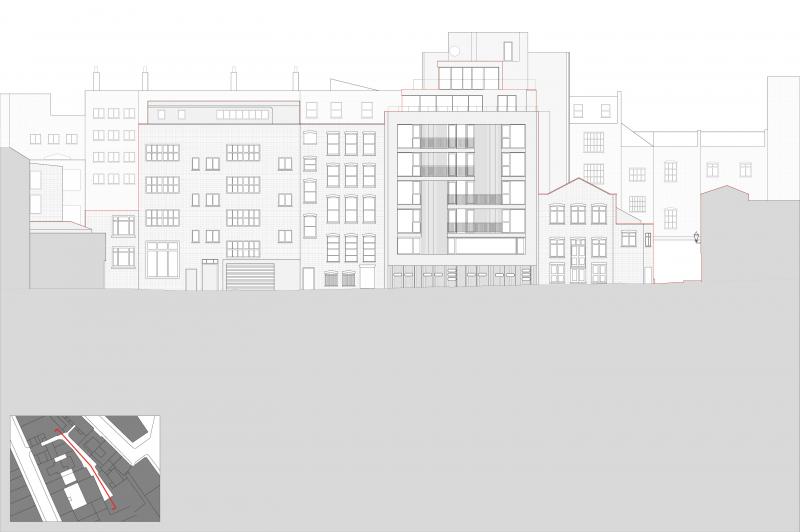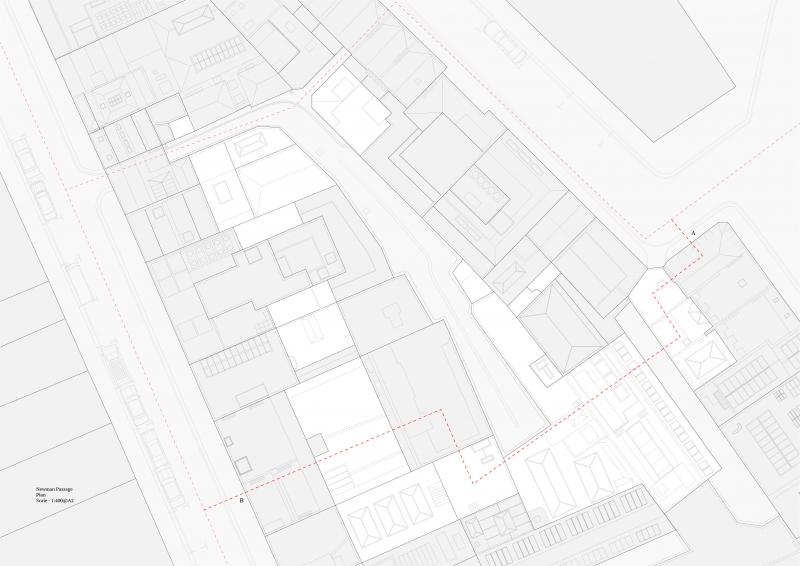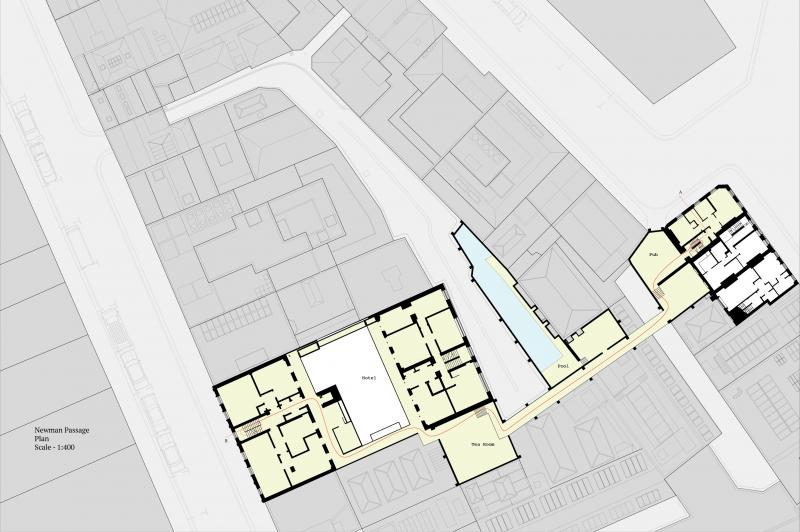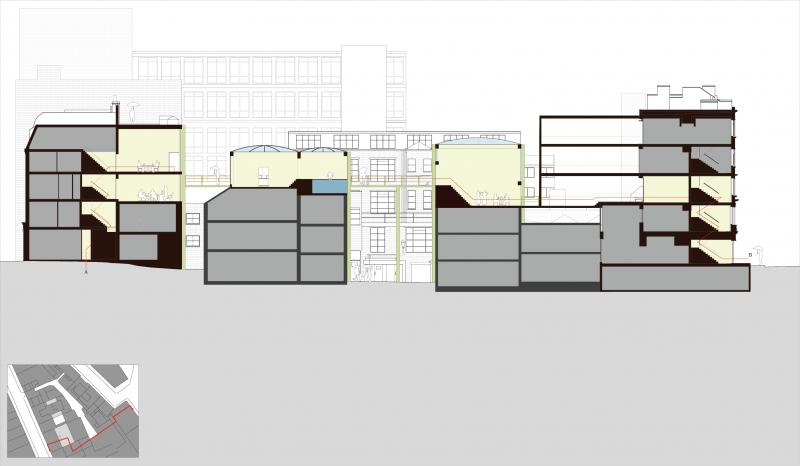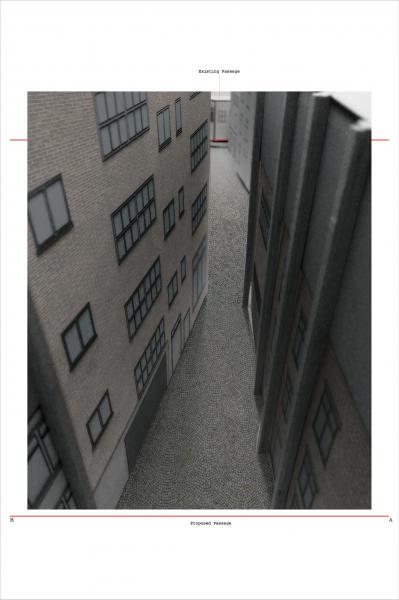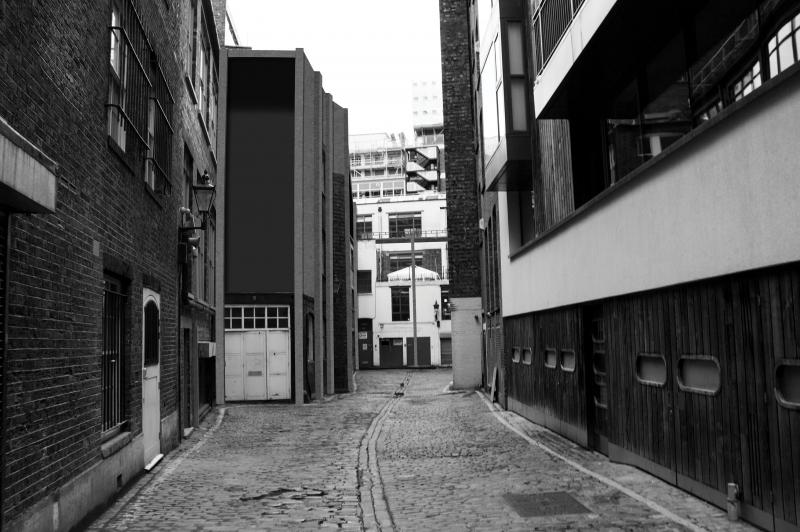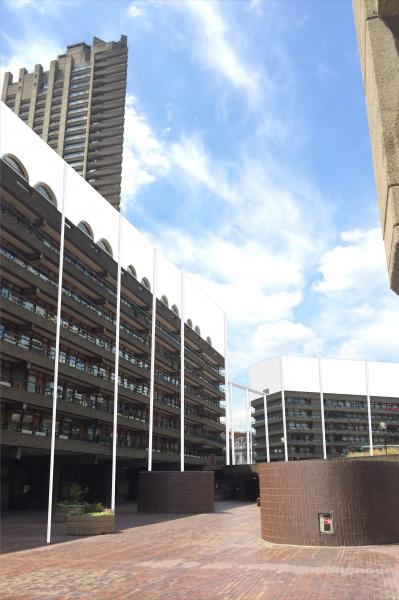Peeping Tom and the Newman Passage
The Newman Passage was built in 1750 as a stable yard and only in the late 19th century transformed into a residential Street. Due to its protected location it retained some of the "old London feel", which made it popular with filmmakers, most famously Michael Powells 1959 film "Peeping Tom"

